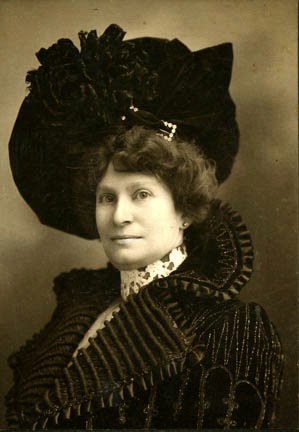Lynyrd Skynyrd came home to Jacksonville the first weekend in April to play two concerts and film a video. I saw the group Thursday night, the first concert. Jacksonville, their hometown, was the perfect venue. The Florida Theater was jumping, literally. As I looked around in the semi-darkness during the concert no one was still. Heads were bobbing, arms were waving, and people were jumping and singing and clapping. It was a grand welcome home. The original group grew up and attended school in Jacksonville, ( See
Jacksonville's Boys) and much of the city feels a kinship with them.
If you're a purist, you might insist this group is not really Lynyrd Skynyrd since most of the original group is no longer with the band, or they have died in the interim since 1973, when the group's first album, "Pronounced Leh-nerd Skinnerd," was released. Even when they were inducted into the Rock and Roll Hall of Fame, only original members were invited. Thursday's concert played in order all the music from the first album ending with "Free Bird." Then, the band took a bow and left the stage for a short intermission. After the intermission, they returned to play music from their second album, "Second Helping." They ended with "Sweet Home Alabama," but did not play the entire album. The audience applauded, screamed, and whistled for an encore, yelling "We want more," but they didn't get it. The band did not return even for a final bow. While they were on stage, they gave it their all. Perhaps they considered they'd done enough.

Lynyrd Skynyrd seen from the nosebleed section of the Florida Theater.
(photo, D. Young)
Receiving the most screaming and applause were favorites, "Free Bird" and "Sweet Home Alabama." Everyone knew the words and sang along. It was a sweet homecoming for Skynyrd. Though the members have changed, the group's spirit is the same, part sweetness, part rebellious Southern Rock. The drummer in this show and the piano player were outstanding.
It was a very Mr. Clean performance with no mention of drugs, marijuana, Jack Daniels or whiskey. As always for a Skynyrd concert, the audience was totally white. All those years of confederate flag waving discourage anyone else. It was, however, an age-mixed audience. Many old 1970's Skynyrd fans with grey hair blended in with 20 and 30 somethings. Everyone was polite with no disruptions or disorderly conduct even though big, burly Security lumbered up and down the aisles and rows trying to stop cell phone photo taking.
There was one concession to the Southern roots of the Lynyrd Skynyrd of old. I saw them do a concert in the 70's with a confederate flag draped across the entire back of the stage. In Thursday's show, Ronnie Van Zant displayed a small confederate flag during one song and a smallish confederate flag was hanging from the back of the piano but later removed. Ronnie wore an American flag on the back of his denim vest. Others were displayed about the stage. In today's environment even Southern Rock bands want to be PC.
The video filmed during the show will be shown at some unannounced time in the future.
All told, it was a great show and a trip down Memory Lane for some of us. As my young grandson would say, "Peace out."
Van Zant with confederate flag.
Photo on the side of Skynyrd's bus. Still, lots of hair
*********************************************************************************
{Once again tragedy has struck a musician from Lynyrd Skynyrd. Original drummer, but retired from the group, Robert Burns died in an automobile crash in Georgia Friday night, April 3, 2015. He hit a mailbox and a tree. No other vehicles were involved.}



















































